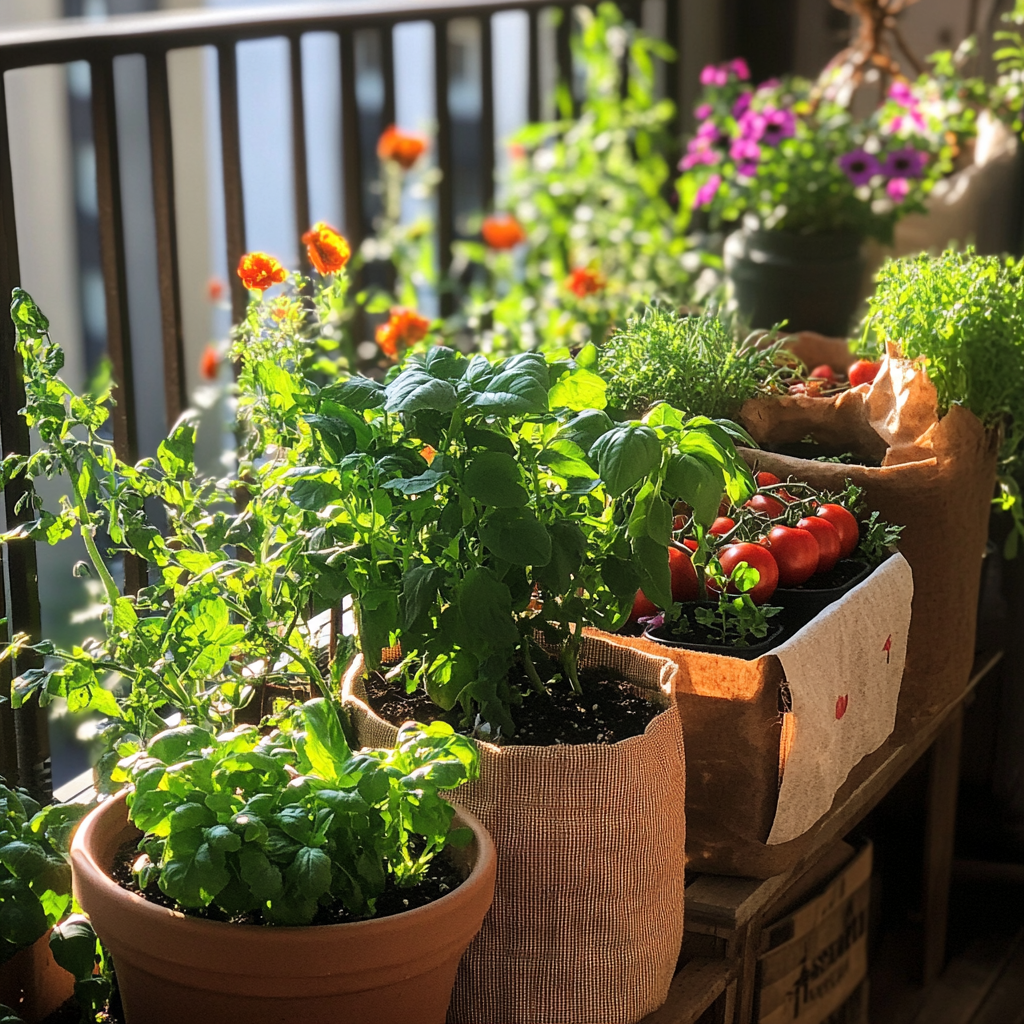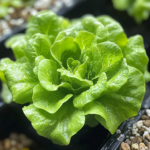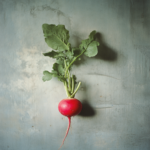Container gardening is ideal for beginners and those with small spaces. It offers a flexible way to grow a variety of plants, from vegetables and herbs to beautiful flowers, in containers that fit your space. This guide will help you start your own thriving container garden, even in limited areas.
Why Choose Container Gardening?
Container gardening offers several benefits, especially for those with limited space or who are new to gardening:
- Space Efficiency: Ideal for small spaces like balconies, patios, or windowsills, container gardening allows you to make the most of every inch.
- Flexibility: Containers can be moved easily, allowing you to optimize sunlight exposure, protect plants from harsh weather, or change the garden layout.
- Control: You have more control over soil quality, water levels, and pest management, which can be particularly beneficial for beginners.
- Versatility: Almost any plant can be grown in a container, from vegetables and herbs to flowers and shrubs, making it easy to diversify your garden.
Essential Tools and Materials Needed
Before you begin your container gardening journey, gather these essential tools and materials:
- Containers: Choose containers with drainage holes to prevent waterlogging. They come in various materials, including plastic, terracotta, ceramic, and fabric grow bags. The size of the container should match the plant’s root system.
- Potting Mix: A high-quality potting mix is essential. It’s lighter and provides better aeration and drainage compared to garden soil. Look for organic potting mixes with compost and other natural ingredients.
- Watering Can: A small watering can with a narrow spout is ideal for controlled watering, ensuring you don’t overwater your plants.
- Fertilizer: Use a balanced, slow-release fertilizer or organic compost to provide nutrients to your plants. Container plants rely on regular feeding since the nutrients in the potting mix can deplete quickly.
- Hand Tools: Basic hand tools like a trowel, pruners, and gloves are helpful for planting, pruning, and maintaining your container garden.
Choosing the Right Containers
Selecting the appropriate containers is crucial for the success of your container garden:
- Size: The size of the container should accommodate the plant’s growth. Larger containers are ideal for deep-rooted vegetables like tomatoes, while smaller pots work well for herbs and flowers.
- Material: Consider the material of the container based on your needs:
- Plastic: Lightweight, retains moisture well, and is affordable. However, it may not be as aesthetically pleasing.
- Terracotta: Breathable and attractive but tends to dry out faster and can be heavy.
- Ceramic: Durable and visually appealing, though often more expensive and heavy.
- Fabric Grow Bags: Lightweight, breathable, and good for root health, but may require more frequent watering.
- Drainage: Ensure that all containers have drainage holes to allow excess water to escape, preventing root rot.
Selecting the Right Soil
Using the right soil is crucial for healthy plant growth in containers:
- Potting Mix: Always use a potting mix specifically designed for containers. It’s lighter, drains well, and provides the necessary aeration.
- Organic Mix: Choose organic potting mixes with compost or peat moss for added nutrients. These are great for growing vegetables and herbs.
- Soil Amendments: Depending on the plant’s needs, consider adding amendments like perlite for improved drainage or vermiculite to retain moisture.
Choosing the Right Plants
Selecting the right plants is key to a successful container garden. Here are some beginner-friendly options:
- Vegetables: Lettuce, spinach, radishes, cherry tomatoes, and peppers are easy to grow and do well in containers.
- Herbs: Basil, mint, parsley, thyme, and chives are perfect for small pots and can be grown indoors or outdoors.
- Flowers: Marigolds, petunias, pansies, and geraniums add color and attract pollinators to your garden.
- Fruit: Strawberries and dwarf citrus trees can be grown in larger containers, providing fresh produce even in small spaces.
Basic Care Tips for Container Gardening
Maintaining your container garden is essential for keeping your plants healthy and productive:
- Watering: Container plants dry out faster than those in the ground, so regular watering is crucial. Water early in the morning or late in the afternoon to minimize evaporation. Always check the soil moisture before watering; the top inch of soil should be dry to the touch.
- Fertilizing: Use a balanced, slow-release fertilizer or organic compost every 4-6 weeks to replenish nutrients in the soil. Plants in containers need regular feeding since the nutrients in the potting mix can deplete quickly.
- Sunlight: Most vegetables and flowers need at least 6-8 hours of sunlight per day. Place containers in a sunny spot, or move them as needed to ensure adequate light exposure.
- Pest Control: Keep an eye out for pests like aphids and spider mites. Use organic pest control methods such as neem oil or insecticidal soap to protect your plants without harming the environment.
Conclusion
Container gardening is an excellent way to bring nature into your home, no matter the size of your space. By choosing the right containers, soil, and plants, and providing proper care, you can enjoy a thriving garden that brings beauty, fresh produce, and a sense of accomplishment. Whether you’re a seasoned gardener or just starting, container gardening offers endless possibilities to explore and enjoy.




